
remember I told you a while ago about Penny McBreen? an artist whose work I have been buying since the mid 1980s? the photo above is the detail from a beautiful piece of work I saw in her gallery
.
of which, more later; oh, alright then. . . here's a little more. . .
 in the meantime, this is how she does it (raku, that is) (the way the glazing is created)
in the meantime, this is how she does it (raku, that is) (the way the glazing is created)
.
"An aluminum can is used in raku firing is working as a reduction tube: a container with a small hole that allows carbon dioxide to pass through. By closing the container, a "reduction atmosphere" is created. A reduction atmosphere needs to be created because of the effects of oxygen on the clay and its color. It also has extraordinary effects on the metals inside the glaze. Reduction is a decrease in oxidation number. Closing the can starves the air of oxygen after the combustible materials such as sawdust catch fire, forcing the reaction to pull oxygen from the glazes and the clay. A reduction agent is a substance which electrons are being taken from by another substance that is being reduced. The reaction uses oxygen from the atmosphere within the reduction tube, and in order to continue, it receives the rest of the oxygen from the glazes. This leaves ions and iridescent luster behind. This creates a metallic effect, pleasing to the eye. Pieces with no glaze have no where to get the oxygen from, so they take it from clay. Such an atmosphere will turn clay black, making an unattractive, matte color, with no sheen whatsoever. The science of oxidation reduction gives each piece its unique color and texture, and by understanding the oxidation process, we are understanding the process each clay piece goes through."
.
of which, more later; oh, alright then. . . here's a little more. . .

 in the meantime, this is how she does it (raku, that is) (the way the glazing is created)
in the meantime, this is how she does it (raku, that is) (the way the glazing is created).
"An aluminum can is used in raku firing is working as a reduction tube: a container with a small hole that allows carbon dioxide to pass through. By closing the container, a "reduction atmosphere" is created. A reduction atmosphere needs to be created because of the effects of oxygen on the clay and its color. It also has extraordinary effects on the metals inside the glaze. Reduction is a decrease in oxidation number. Closing the can starves the air of oxygen after the combustible materials such as sawdust catch fire, forcing the reaction to pull oxygen from the glazes and the clay. A reduction agent is a substance which electrons are being taken from by another substance that is being reduced. The reaction uses oxygen from the atmosphere within the reduction tube, and in order to continue, it receives the rest of the oxygen from the glazes. This leaves ions and iridescent luster behind. This creates a metallic effect, pleasing to the eye. Pieces with no glaze have no where to get the oxygen from, so they take it from clay. Such an atmosphere will turn clay black, making an unattractive, matte color, with no sheen whatsoever. The science of oxidation reduction gives each piece its unique color and texture, and by understanding the oxidation process, we are understanding the process each clay piece goes through."


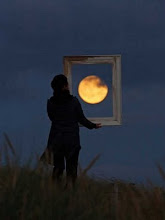


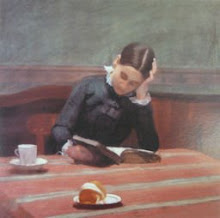












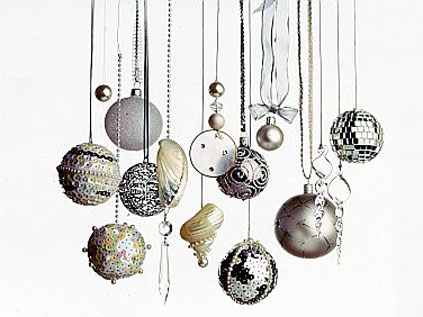











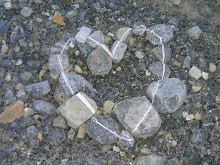


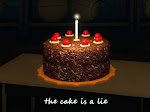

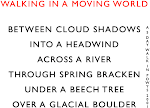

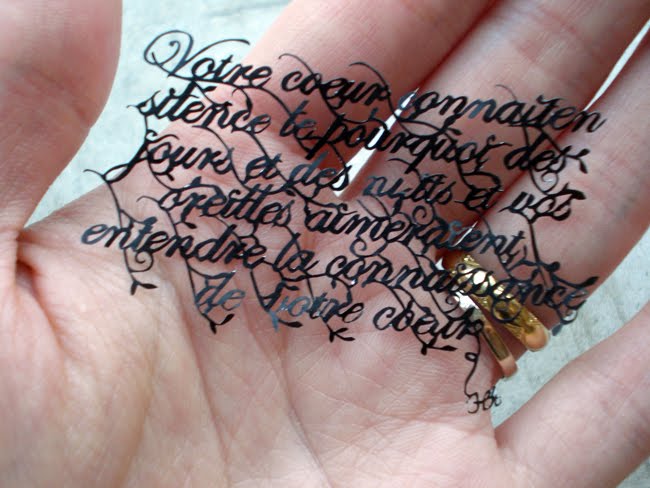
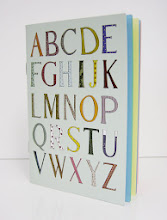
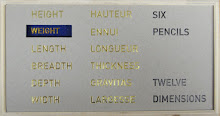
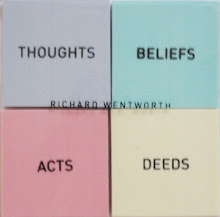


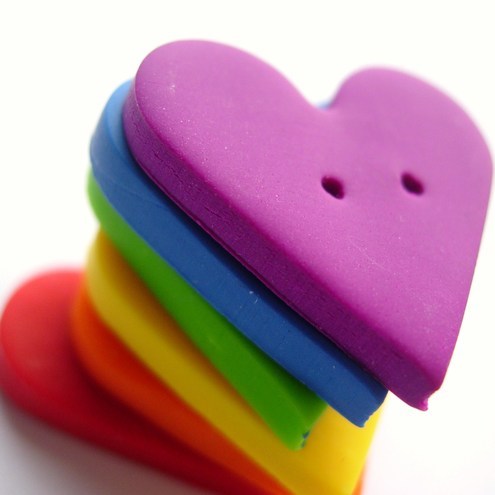
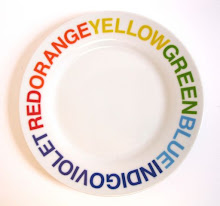





5 comments:
I quite like them.
(I don't know much about art, but...)
Very fine. Are these from your collection?
Oh, they're beautiful.......
I love the hint of metal.
Interesting, how she gets that finish.
it's the bronze hint that did it for me too Mel
(-:
ChristpherI started buying her work when she was a jobbing potter - so I have many many mugs, some plates and teapots, a soup tureen and a couple of coffee pots
none of which I use
all of which I look at daily and adore
she used to decorate these items very simply, a lot with blue glazes and fishes, then year after year she'd add new details - lobsters, octopi, seaweeds and corals
one year she went bigger, and as such I have a couple of lamp bases (still very blue and fishy)
occasionally she's have flamingoes or flowers or something inspired by a trip abroad - minarets for example
I have a few of these, but prefer the original "fishy" designs
then I bought one of her first pieces when she started going in new directions - a beautiful garden art piece, shaped like an upturned urchin, which had been on display at Chelsea one year
she started to make ceramic raku angels a couple of years ago, and I have one of those on my mantel piece
now she has ventured away almost entirely from the cheaper functional end of the market and is creating these incredible shapes based on sea pebbles or Cornish landscapes - and with the most beautiful random glazings (and some that she paints, which I'm not so keen on)
this year I aquired a triangular shaped "vase"/"bottle", which has a similar glaze to the one I've shown
very pleasing to the eye
and watching her work develop over the last 25 years had been fascinating
Dave they are quite wonderful
Pleasing to the eye indeed. the metallicvase is gorgeous and I love the little square bottles.
Post a Comment